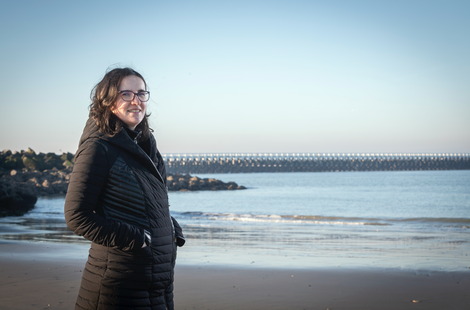Vitamin Sea - Jana Asselman
For as long as we can remember, we have been living together with the sea, often using it as our most important food source. Today it is our most important source of biomolecules. Thanks to our commitment of the past decades to tackle pollution in our seas and oceans and to take efficient climate measures, our seas and oceans now contain millions of different species of animals, plants and bacteria. This enormous biodiversity provides a variety of biomolecules that we use in our health care, food sector and for industrial applications.
Fifty years ago, only 20% of the 100 most used drugs were of natural origin, today it is just the opposite. 80% of our most commonly used drugs are derived from natural biomolecules, the majority of which come from our seas and oceans. These biomolecules allow us to find cures and treatments for an increasing number of diseases and conditions. The labs of our faculty, located at the UGent campus in Ostend, are constantly searching for new substances from the sea that offer a solution for diseases such as cancer or Alzheimer's.
These biomolecules also benefit us in our daily life because they end up in sea air in low concentrations. Although these low levels will not cure cancer or Alzheimer's disease, they do have a positive impact on our overall health and well-being. Diseases such as obesity, depression and burn-outs are gradually becoming a part of the past thanks to new therapies that focus on interaction with the sea and its biomolecules. In our labs by the sea on Campus Ostend, the faculty continues to study these biomolecules, their presence in sea air and potential health applications.

